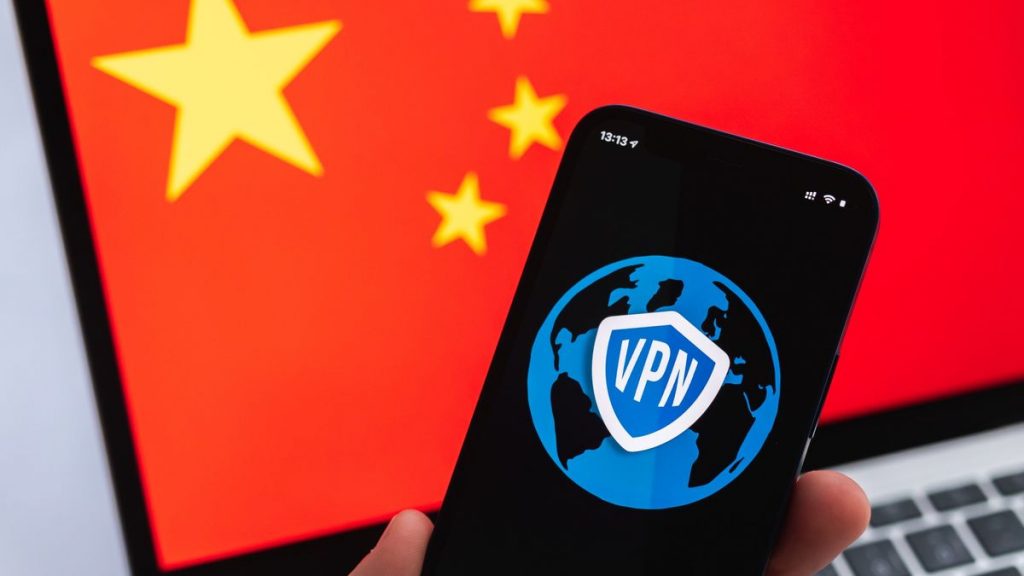Planning a trip to China in 2024? The role of technology in enhancing your travel experience cannot be overstated. This blog post provides essential tech tips to navigate the unique digital landscape of China.
From overcoming communication barriers to seamless internet connectivity, we’ll guide you through various tech aspects to ensure a hassle-free journey.
Understanding these tech nuances is not just about convenience, it’s about immersing yourself fully in what China has to offer while staying connected and safe.
1. Getting a SIM Card
A local SIM card is key to staying connected in China. Available at airports, convenience stores, or telecom outlets, these SIM cards require your passport for activation. China’s telecom providers offer a range of data plans tailored to both short and long-term travelers, ensuring you find something that suits your needs.
Opting for a local SIM provides better network coverage and significantly reduces costs compared to international roaming charges. Remember, having a reliable communication tool is essential not just for keeping in touch but also for accessing various online services while in China.
2. VPN for Internet Access
Navigating China’s internet can be tricky due to the “Great Firewall,” which restricts access to many Western websites and apps. A VPN (Virtual Private Network) is essential to circumvent these restrictions. It works by masking your IP address, allowing you to access blocked sites and maintain a semblance of your regular online routine.
Choosing a reliable VPN such as you can find here and express VPN China service is what we’re talking about, before arriving, as many VPN websites might be inaccessible in China. For uninterrupted access to your favorite apps and websites, setting up a VPN is a non-negotiable part of your tech prep for China.

Source: techradar.com
3. Language Translation Apps
The language barrier in China is a significant hurdle for many travelers. To bridge this gap, language translation apps are indispensable. Popular apps like Google Translate and Baidu Translate offer instantaneous text and speech translation, proving invaluable for daily interactions such as asking for directions or ordering food.
These apps often have offline capabilities, so downloading necessary language packs in advance is a smart move. Leveraging these apps not only eases communication but also enriches your cultural experience, allowing for deeper engagement with locals and their way of life.
4. Mobile Payment Apps
China’s economy is rapidly moving towards being cashless, with mobile payments at the forefront. Familiarize yourself with popular apps like Alipay and WeChat Pay. Setting them up involves linking a bank card and verifying your identity.
These apps are not just for shopping; they’re used for a wide range of services, from booking taxis to ordering food. Navigating this cashless ecosystem might seem daunting at first, but once set up, it offers unparalleled convenience, reflecting the digital sophistication of modern-day China.
5. Navigation Apps

Source: blog.tubber.com
In a country as vast and diverse as China, reliable navigation apps are essential. While Google Maps is a popular choice globally, it may not function optimally in China. Instead, consider apps like Baidu Maps or Amap, which offer detailed, up-to-date information and are more suited to the local environment.
These apps provide not only directions but also information on public transport, traffic conditions, and even local attractions. Being adept at using these can significantly ease your travel and help you explore China more confidently and independently.
6. Local Travel Apps
Navigating China’s vast transportation network is streamlined with local travel apps like Ctrip and Qunar. These apps are essential for booking flights, high-speed trains, buses, and even ferries across various provinces. They offer real-time schedules, ticket booking services, and exclusive discounts, especially useful during peak travel seasons like Chinese New Year.
While their interfaces might initially seem daunting due to language differences, their intuitive design becomes manageable with a bit of practice. These apps are not just about convenience; they offer insight into China’s advanced transportation infrastructure, making planning and executing your travel within the country efficient, whether it’s a high-speed train journey, a domestic flight, or inter-city bus travel.
7. Cashless Shopping
In China’s rapidly evolving economy, cashless shopping is the norm. From large shopping malls to street vendors, transactions are predominantly conducted through QR codes using mobile payment apps such as Alipay and WeChat Pay.
To immerse yourself in this cashless culture, it’s crucial to set up these apps correctly, linking them to your bank account or credit card. Scanning QR codes for payments is a quick, secure, and incredibly convenient process.
This cashless ecosystem is not just about ease of transaction; it reflects China’s leap into a digital future, offering a glimpse into the advanced, technology-driven lifestyle that’s integral to contemporary China. Learning to navigate this system gives you a deeper understanding of the local economy and social habits.
8. Emergency Contacts and Services

Source: independent.co.uk
In the event of an emergency, knowing how to quickly access help via your mobile device in China is crucial. Store a list of emergency contact numbers, including local police, hospitals, ambulances, and your country’s embassy or consulate. Many smartphones and travel apps have features that allow quick dialing to emergency services, ensuring you can swiftly get assistance.
Additionally, some apps even offer location-based services, sending your exact location to emergency responders.
Familiarize yourself with these functions and keep them easily accessible on your phone. In critical situations, having rapid access to the right contacts and being able to communicate your location can be lifesaving. It’s also wise to learn a few key phrases in Mandarin for emergency situations.
9. Internet Speed and Connectivity
China boasts impressive internet speeds and widespread connectivity. However, the quality of Wi-Fi can vary. For reliable internet, look for public Wi-Fi in major cities, often available in cafes, hotels, and airports.
When using public networks, remember to protect your data. Additionally, your local SIM card’s data plan will generally offer good coverage and speed, ensuring you stay connected wherever you go.
10. Cybersecurity Awareness
While using tech in China, cybersecurity should be a top priority. Protect your personal information and online accounts. Use strong, unique passwords and consider two-factor authentication where possible.
Be cautious when using public Wi-Fi networks and avoid accessing sensitive information on them. Regularly update your apps and antivirus software to safeguard against potential threats. Being cyber-aware not only protects you but also ensures a stress-free technological experience during your travels.

Source: lewisbrisbois.com
Conclusion
Preparing technologically for your trip to China in 2024 is as essential as packing your suitcase. These key tech tips will help you navigate the digital aspects of your journey, from staying connected to navigating the cashless economy.
Stay informed and leverage these tools to enrich your travel experience in China. Happy travels, and enjoy the blend of ancient culture and modern tech that China has to offer!



















